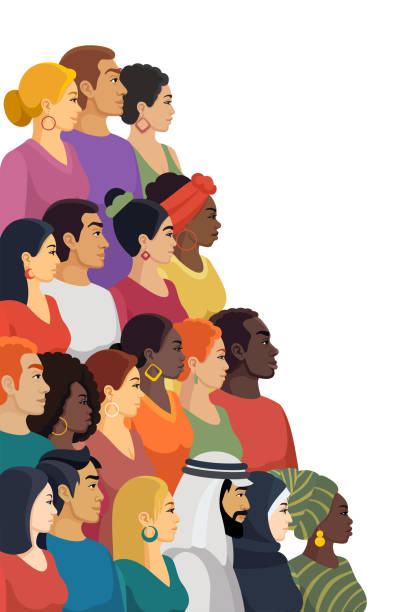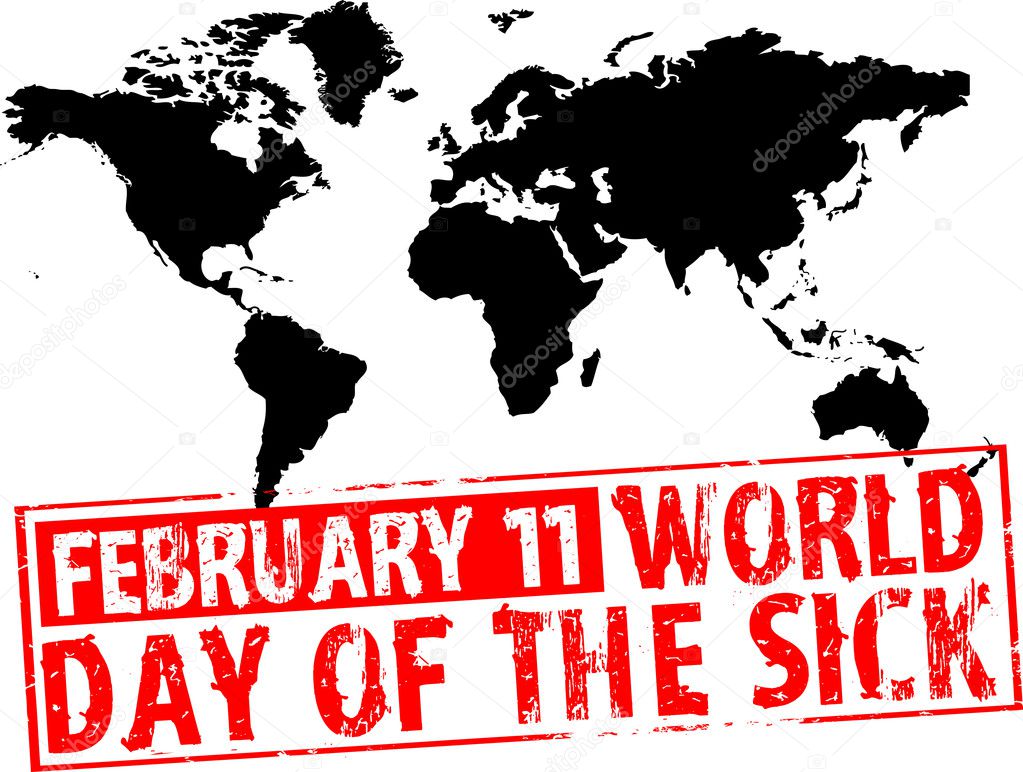
In the Catholic Times, a journalist from the paper gives the readers some thoughts on the meaning and precedent of 'Ash Wednesday' reflecting on the Christian's journey from dust to life.
Ashes in the Bible symbolize repentance. It also implies the need to be purified revealing the frailty of human existence symbolizing the need for salvation through mercy, always greater than sin.
This year February 22nd is Ash Wednesday, the beginning of Lent; a time to remember the suffering and death of Jesus. At the same time, it is a gracious time to wash away sins and purify the inside in order to welcome the resurrection of the Lord with a proper attitude.
The Jews had a custom of putting ashes on their heads when they sinned against God. Christianity accepted this, and on the Wednesday before the first Sunday of Lent, putting ashes on the head was performed as a penitential ceremony. This is where the name Ash Wednesday comes from. Pope Saint Gregory I (590-604 AD) instituted Ash Wednesday as the first day of the official Lent season of the Catholic Church, and Pope Blessed Urban II recommended that all believers participate in the rite.
Ash has various meanings. Ashes symbolize the 'sorrow' that we have sinned and separated from God. Ash, is the residue left over from burning. This is a remnant of human sins, and it also reminds us of the act of "reparation" for the sins committed. It also means 'passion' to burn ourselves out for God and his kingdom. After everything is burnt, the remaining ashes are free of impurities. Placing ashes on the head also implies that human beings must be purified and clean as when God first created them.
In the time of Pope St. Paul VI, the church prescribed fasting and abstinence on Ash Wednesday. Believers must keep two things at the same time on this day. Fasting means skipping one meal a day. Abstinence from meat is observed from the age of 14 until death, and fasting from the age of 18 to the day before the age of 60. Fasting and abstinence have the meaning of participating in the Passion of Christ with self-control and self-denial. In addition, it contains practical tasks to practice love by giving and offering to the poor neighbors what is saved through fasting and abstinence.
The ashes used in the ceremony of ashes are prepared by collecting, usually, in Korea, the twigs from evergreen trees that are distributed to believers on the Sunday of the Lord's Passion the previous year and burned the following year for the Ash Wednesday Ceremony.
After blessing the ashes the priest performs a ceremony in which the sign of the cross is made on the foreheads of the believers or placed on top of the heads. At this time, believers hear from the priest, "Man, you are dust, remember that you will return to dust" or "Repent and believe in the gospel." It reminds us of the fact that human beings are finite, reminds us that life and death are in God's hands, and calls for repentance.
Beginning with Ash Wednesday, priests wear purple to symbolize repentance and atonement. From this day, when we meditate on the passion and death of Christ, we do not sing the Glory and Alleluia, which symbolize joy. The Liturgy of the Word is composed of contents emphasizing penitence, fasting, and charity. The first reading (Joel 2:12-18) emphasizes God's mercy and calls for repentance. The second reading (2 Cor 5:20-6:2) calls for reconciliation with God through reflection and conversion. The Gospel (Matthew 6:1-6.16-18) teaches us the right spirit in charity, prayer, and fasting.
"Our wretched ashes are loved by God," Pope Francis said at Mass on Ash Wednesday 2020, calling for "accepting the love of Jesus who hung on the cross, asking him for forgiveness and going through the journey from dust to life."
Participation in the Ash Wednesday liturgy is not obligatory, however, the Church invites us to pass through this day of repentance and solemnly enter the season of Lent, joyfully awaiting the Lord's glorious Resurrection.





